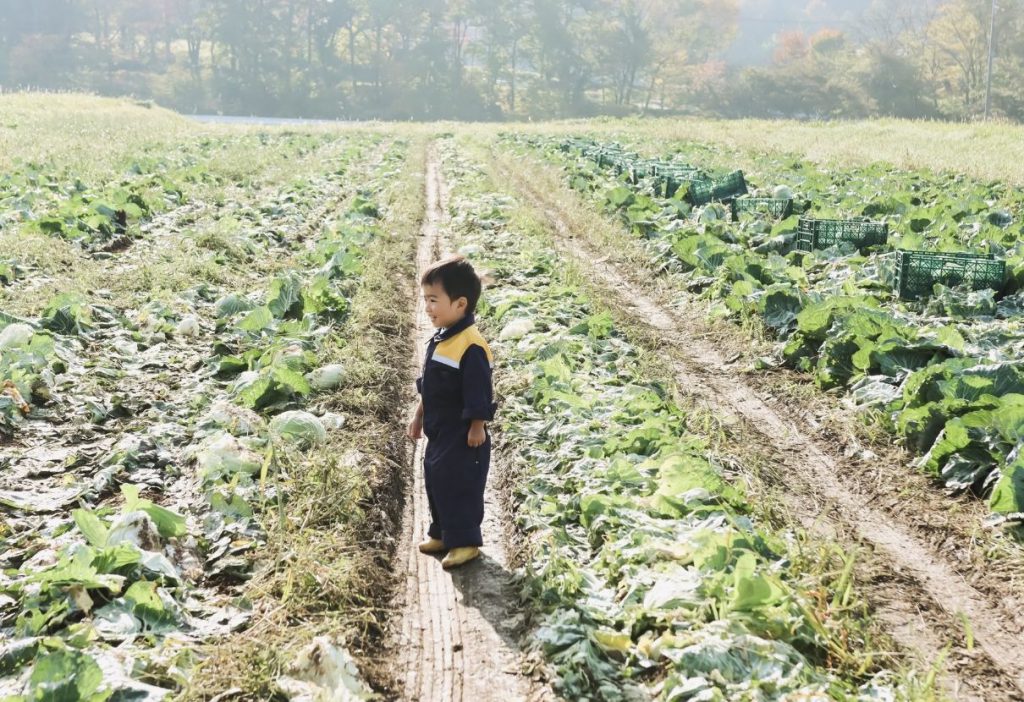Gardening is perhaps one of the most relaxing and engaging outdoor activities, and contrary to popular opinion, it isn’t exclusive to just adults.
Yes, young kids can engage in gardening as it is a fun process. Also, getting your students to plant is teaching them to respect and conserve nature.
Keep It Simple
You and your students can start by selecting a small space to plant some seeds that produce in 30 days. Small planting tasks like growing beans, sunflowers, and tomato seeds in plant vases are a great way to start the gardening process.
When trying to engage your students in gardening, you don’t have to go all the way; you can start small. When you keep it simple, it is much easier to get them interested and retain their attention over time.
Simple projects like these are also a great way to introduce them to the importance of water, sunlight, and the right soil for healthy plant development. There are lots of other simple planting projects you can introduce to them as either class or home assignments to keep them interested in gardening.
Cultivate Fast-growing Plants
Since engaging and keeping your students interested in gardening is the goal, it’s best to cultivate fast-growing plants. It would be disappointing if kids wait for a long time before their plants start shooting out green roots. They’d most likely start to lose interest, and that’s something you don’t want.
There are a wide variety of fast-growing plants you can cultivate. You can plant lettuces, sunflowers, cucumbers, marigolds, strawberries, beets, radishes, etc., that you all can collectively harvest in a month or two. However, you can also cultivate long-term plants for the sake of variety and teaching objectives.
Assign Responsibilities
Trust me; there is no better way to gain your students’ attention and interest in gardening than assigning roles and responsibilities to them. You can group them into pairs and assign a specific gardening task to each group.
For example, you can assign group A to gather soil for the plant beds, group B to plant the seeds, and group C to water them. The goal is to ensure everyone is fully engaged in the gardening process. Remember to switch the routine weekly and watch how your students look forward to the next class.
Teach Gardening Etiquettes
As much as you’re interested in getting your students to engage in the very act of planting, please don’t fail to teach them what and what’s not. Educate them on the right tools to use, how to properly store them, how to take care of the garden, care for plants, walk on designated pathways, and everything in between.
Remember, they’re young people. Please keep it simple and short. Create gardening rules that would be easy to follow. Also, make sure your students are not afraid to ask questions. Always create an opportunity for them to ask questions and be patient enough to explain thoroughly. In doing this, you’re instilling the trait of obedience as well as accountability.
Take a Trip to the Farm!

There’s nothing like a trip to the farm to keep your students bustling with excitement to try out new gardening skills. Regular visits to a farm will go a long way in helping them understand the process of gardening easily and faster.
Remember, kids are most likely to remember what they see. Demonstrations by the farmers can have a more lasting effect on them, as opposed to being in the school garden all the time. By this simple activity, you’ve also successfully taught them to respect farmers and the process it takes to produce the food they eat every day. Something they normally would have taken for granted!
Keep the Interest Alive
The thing with kids is it’s so easy for them to lose interest in a very short period. To keep them engaged in the act of gardening, give them simple DIY gardening projects they can carry out at home.
You can group your class into pairs, with each collectively planting different types of seeds at home. Create an interactive platform by getting them to discuss their planting patterns and struggles in class from time to time.
Always try to keep their interest in gardening alive. By doing this, your students become more responsible, patient, and thoroughly educated on the need to respect nature and nurture plants.

